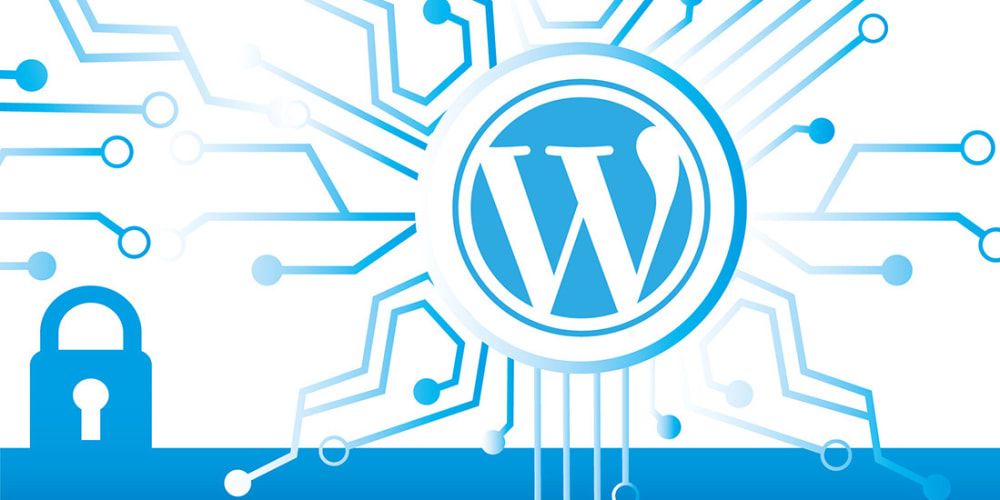
Top 5 WordPress Security Threats

Security Threats for WordPress, is one of the most popular content management systems (CMS) on the internet.
WordPress is one of the most popular content management systems (CMS) on the internet. It powers over 40% of all websites, making it a prime target for cybercriminals. While WordPress is a secure platform, it is not immune to security threats. In this article, we’ll discuss the top 5 WordPress security threats and how you can protect your website.
Password Hack
One of the biggest mistakes site owners and users make is using weak passwords. Easy-to-guess passwords make it simpler for hackers to access your website.
Understand that hackers often use bots and can try dozens of passwords in seconds. If your password is easy to crack, you can be certain they can and will crack your password. Creating a strong password includes tips such as:
- Not using the same password for everything
- Making the password at least 12 characters long
- Making sure all your devices used to sign in are secure (two-factor authentication helps
Malware
Malware is a type of software that is designed to harm your website or steal sensitive information. Malware can be installed on your website through vulnerabilities in plugins or themes. To prevent malware from infecting your website, you should keep your plugins and themes up-to-date and only download them from reputable sources.
SQL Injection
SQL injection is a hacking technique that involves inserting malicious code into a website’s database. This type of attack can be used to steal sensitive information or take control of your website. To prevent SQL injection attacks, you should use prepared statements and input validation to ensure that user input is safe.
Cross-Site Scripting (XSS)
Cross-site scripting (XSS) is a type of attack that allows hackers to inject malicious code into a website. This code can be used to steal sensitive information or take control of your website. To prevent XSS attacks, you should sanitize user input and use security plugins that can detect and block malicious code.
DDoS Attacks
A distributed denial-of-service (DDoS) attack is a type of attack that involves overwhelming a website with traffic to make it unavailable to users. This type of attack can be used to take down your website or steal sensitive information. To protect your website from DDoS attacks, you should use a content delivery network (CDN) and a web application firewall (WAF).

